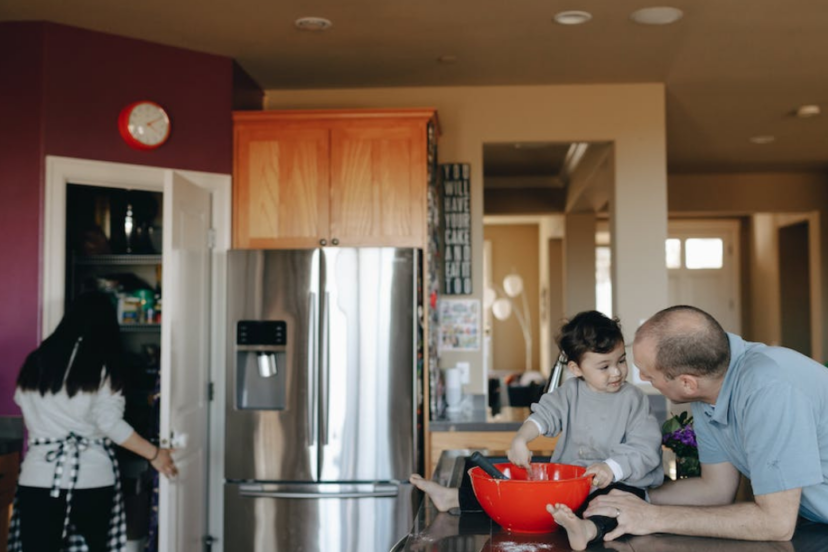A Guide to Ensure Kitchen Safety
Data from the US Fire Administration shows that each year, approximately 160,000 children are injured in kitchen accidents in the United States. More than 35% of home fires start in the kitchen. Over 33% of kitchen-related injuries involve knives. In 2018, there were approximately 4,600 emergency department visits due to microwave oven-related injuries.
The kitchen is the heart of every home, where delicious meals are prepared and cherished memories are created. However, it’s also a place where accidents can happen if safety precautions aren’t taken seriously. If you have young children or grandchildren in your home, you need to childproof your kitchen as much as possible. Children are naturally curious and adventurous, and they may not understand the dangers that lurk in the kitchen. Children’s curiosity can lead them to reach for hazardous items like knives, scissors, or matches. They may also attempt to access harmful substances in cabinets, such as cleaning products or medicines. Additionally, they may try to climb on unstable surfaces like counters or stools.
In this guide, we’ll explore essential tips to transform your kitchen into a safer space for everyone.
Tips for Childproofing the Kitchen
Secure Cabinets and Drawers: Use childproof latches to keep little hands away from sharp objects, chemicals, and potentially hazardous items.
See recommended child-proof latches:
Outlet Covers: Cover all electrical outlets to prevent curious fingers from getting in contact with dangerous electrical points.
See recommended electrical outlet covers:
Stove Guard: Install a stove guard to prevent children from reaching hot pots and pans. This simple addition can significantly reduce the risk of burns.
See recommended stove guards:
Child-Friendly Utensils: Provide child-sized utensils for safe involvement in cooking activities. This allows them to participate while keeping them away from potentially harmful tools.
See recommended child-friendly utentils
Safety Gates: If possible, install a safety gate to limit access to the kitchen when it’s not in use or when there’s active cooking
Safe Storage of Household Chemicals
- Label Everything: Clearly label all containers of household chemicals. This helps in easy identification and ensures they’re stored in the right place.
- Lock Them Away: Keep chemicals, cleaning agents, and other potentially harmful substances in a high, locked cabinet that’s out of reach for children.
- Separate Food and Chemical Storage: Never store cleaning agents near food items to avoid any accidental mix-ups.
- Dispose Responsibly: Follow proper disposal guidelines for household chemicals. Do not pour them down the drain or throw them in regular trash.
Preventing Burns
- Use Oven Mitts and Pot Holders: Always use proper hand protection when handling hot pots, pans, or baking trays.
- Turn Handles Inwards: When cooking on the stovetop, ensure that the handles of pots and pans are turned inward to prevent accidental spills.
- Supervise Cooking Activities: Keep a close eye on children and pets while cooking to prevent them from getting too close to the stove or other hot surfaces.
- Keep Flammable Items Away: Store kitchen towels, paper towels, and oven mitts away from the stovetop to prevent them from catching fire.
Prioritizing kitchen safety is not only crucial for preventing accidents but also for fostering a secure and harmonious environment in your home. By childproofing the kitchen, ensuring safe storage of household chemicals, and taking measures to prevent burns, you can create a space where everyone can enjoy the pleasures of cooking without worry.
Remember, safety in the kitchen is an ongoing practice, and with the right precautions, it can become second nature. Invest in the right products, educate your family members, and instill good habits for a kitchen that’s as safe as it is welcoming.





Comments are closed.